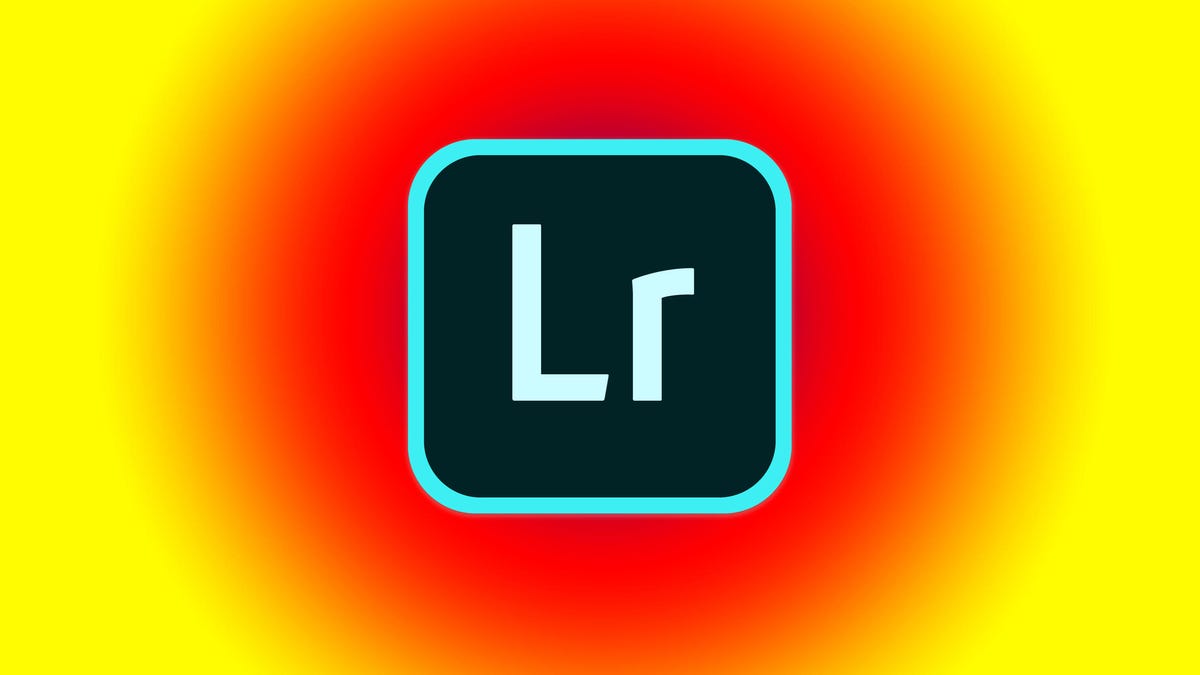Adobe Lightroom for iPad now can import photos directly from memory cards
An update makes Lightroom more capable -- and iPads, too, if you want to dump your laptop.

Lightroom for iPad can now directly import photos from a memory card with an update Adobe released Tuesday to its image-editing and cataloging software. The move brings the tablet version of Lightroom closer to the version for PCs running Windows and MacOS -- and improves tablets, too.
For years, Lightroom users have wanted direct import abilities for iPads, something that's particularly useful when traveling without a heavier laptops. It wasn't possible until Apple improved file management features on iPadOS, released earlier this fall, however. Until now, iPad customers could import photos using a laborious detour through Apple's camera roll.
The new import ability works with USB-C or Lightning-connected memory card readers and works on iPhones as well as iPads. With it, "All of your photos and edits will...be synchronized via Creative Cloud and accessible on all of your other devices connected to the same account, including both Lightroom and Lightroom Classic," Tom Hogarty, Adobe's photography product management leader, said in a blog post Tuesday.
You can see how it works in Hogarty's video of direct photo import. I've been testing it for a few weeks, and it works well for me.
It's a favorable development for widely used software that's a higher-end alternative to Apple Photos and Google Photos, for those who want to wean themselves of ordinary PCs, and for Apple's effort to tout iPads as capable PC alternatives. However, some differences remain between iPad and PCs.
iPads can run only Lightroom, not the fuller featured Lightroom Classic that's an option on Windows and MacOS. And although photos imported with iPads will sync with Lightroom Classic, the titles, captions and keywords added with Lightroom won't sync with Lightroom Classic.
Adobe also recently released an iPad version of Photoshop, although to mixed reviews, with an Illustrator version to come. And the company has its eye on Apple's Sidecar technology for Lightroom, which could let customers use the tablet as a way to control Lightroom running on a Mac.
Lightroom has a starting cost of $10 per month, though you can use a version missing sync abilities and some advanced features on mobile devices.
Also new to Lightroom for iOS and iPadOS is a better export tool for turning originals in Lightroom's catalog into something more easily shared, including JPEG, DNG and TIFF graphics formats and control over metadata, filenames, sharpening, colors and other attributes. Lightroom for Android and Chrome OS already had that ability.

